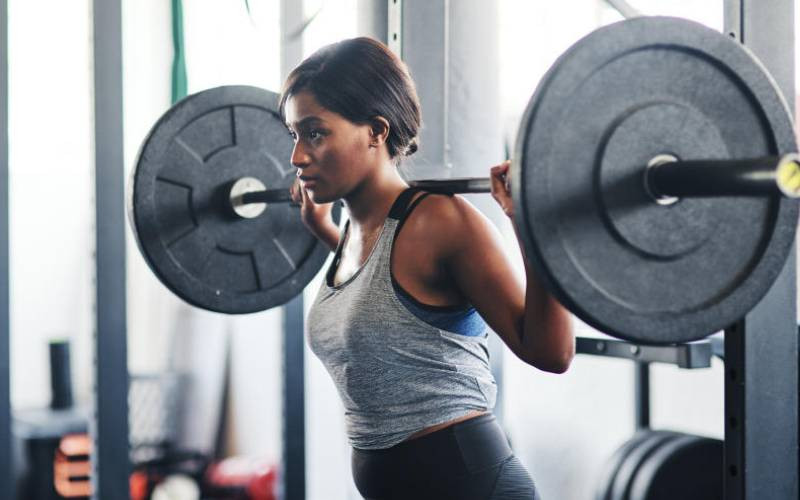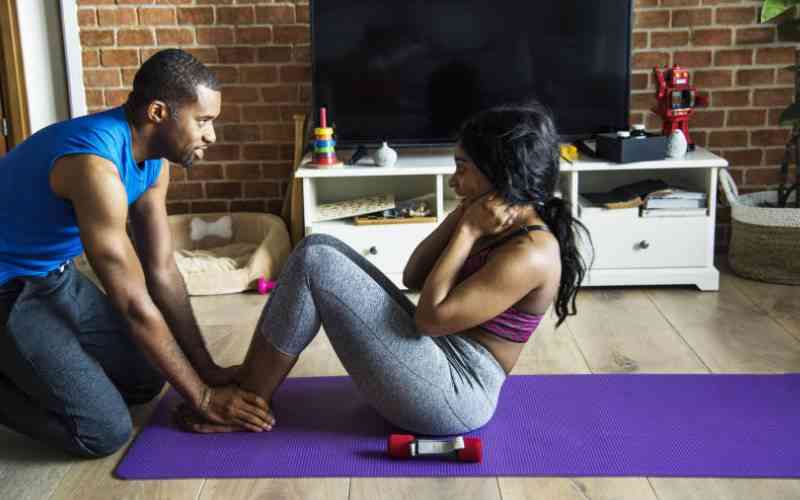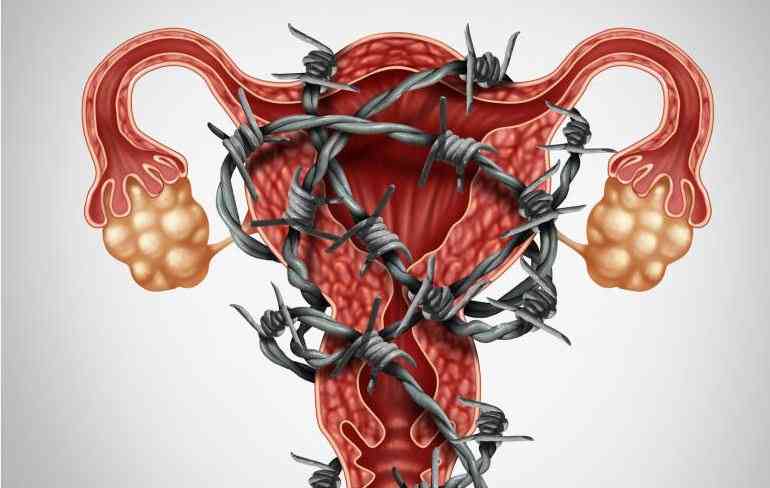
A soft rattle? Or even a wounded warthog? Whatever the sound, snoring recently topped a poll for the biggest bedtime annoyances.
Millions of Britons miss out on a good night’s sleep because of a partner’s nocturnal noises.
And while nearly half of all middle-aged men snore, it’s not solely a male problem. It affects women too, particularly after the menopause.
What are the main snoring triggers?
1.BEING OVERWEIGHT
Weight gain is linked to a host of health problems and is a main trigger for snoring in men because, unlike women, they tend to put on weight around their necks.
“If you have a collar size of 16½ inches or greater, the fatty tissue around your neck squeezes the airway and prevents air from flowing in and out freely when sleeping and the airway is more likely to vibrate,” says Marianne Davey.
Solution: Losing weight sensibly, through diet and exercise, can have a dramatic impact on your snoring.
2.ALCOHOL
“Alcohol is a sedative and depressant so it relaxes you,” says Paul Tierney, ENT consultant at Spire the Glen Hospital, Bristol.
“This can cause the muscles in the back of the throat to collapse – another key cause of snoring.”
Sleeping pills and sedative medication, such as antihistamines, can also produce a similar effect.
Solution: Reduce your alcohol intake and try to have your last drink at least four hours before you go to bed. Reducing alcohol intake will also help you lose weight.
3.SMOKING
Smokers are approximately twice as likely to snore as non-smokers, says Paul Tierney.
Cigarette smoke irritates the lining of the nasal cavity and throat, causing swelling and catarrh.
The resulting congestion of the nasal passages makes it difficult to breathe through your nose, says
Marianne Davey.
And the more you smoke, the more likely you are to snore. Even passive smoking increases the risk of snoring.
Solution: Quit! Or try to have your last cigarette at least four hours before bed to give your body a chance to reduce the effects of the smoke.
4.SLEEPING POSITION
If you sleep on your back, you are more likely to snore than if you sleep on your side because of the effects of gravity on the upper airway.
Basically, the tongue and soft palate fall back into the throat, narrowing the airway.
Solution: It’s easier said than done to sleep on your side if you don’t do it instinctively. In fact, studies have shown that “positional therapies” are ineffective, says Marianne.
For that reason, a mandibular advancement device is more beneficial.
These are mouthpieces that are worn at night to hold the lower jaw and tongue forward, making more space to breathe.
Another option is a shaped pillow which puts your head in a slightly tilted position and opens the airway at the back of the throat.
5.ALLERGIES
Allergies, such as hay fever, affect 10-25% of the population and the nasal congestion they cause can contribute to snoring as well as affecting sleep quality.
Swelling in the lining of the nose and throat affects breathing through the nasal airway, particularly at night.
Solution: Treat the allergy. Take appropriate treatment and remedies for hay fever, choose barrier bedding if you’re allergic to dust mites and ban smoking from the house (children of parents who smoke are twice as likely to snore as those from non-smoking families).
Try using an anti-inflammatory herbal spray, such as Rhynil (£15.99, britishsnoring.co.uk) to help reduce the symptoms of nasal congestion, advises Marianne Davey.
The main ingredient is eyebright and, in trials, 70% of volunteers reported an improvement in reducing snoring.
6.MOUTH BREATHING
If you usually sleep through the night with your mouth open, you probably snore, says Marianne.
“When we breathe in through the nose, the air passes over the curved part of the soft palate in a gentle flow into the throat without creating unnecessary turbulence.
“When we breathe in through the mouth, however, the air hits the back of the throat ‘head on’ and can create enormous vibrations in the soft tissue.”
Solution: Mouth breathing devices, including Chin-Up Strips (self-adhesive strips to prevent the mouth falling open) will help you to breathe through your nose.
7.SMALL NOSTRILS
Small or “collapsing” nostrils make it harder to breathe through the nose when sleeping.
This means you’re breathing through your mouth – and will snore.
Solution: Wearing nasal dilators, like Nozovent (£13.99 for two) can help. This is a springy, flexible plastic device that “holds” the nostrils open.
8.TONGUE BASE SNORER
If you’ve been a heavy snorer for some time, damage to the nerves and muscles of the upper airway mean they’re more prone to collapse, explains Marianne Davey.
This restricts the airway and vibrates the tissue of the tongue, causing it to block the airway preventing you from breathing. (This is termed apnoea – literally “without breath”).
Solution: Clinical studies show that a mandibular advancement device (MAD) can help keep the tongue away from the back of the throat.
Find out what type of snorer you are – and what you can do about it – by taking the interactive test at britishsnoring.co.uk/itests/
Damage: Snoring can cause damage to nerves and muscles
9.Or is it sleep apnoea?
Obstructive sleep apnoea is a condition that leads to interrupted breathing during sleep and is caused by an obstruction to the airway.
It affects around four per cent of middle-aged men and two per cent of middle-aged women, and studies indicate that 60 per cent of those over 65 have OSA.
Those affected stop breathing for periods of 10 seconds or more before waking with a loud snore or snort as the brain registers a lack of oxygen.
People with sleep apnoea usually complain of excessive daytime sleepiness often with irritability or restlessness but have no recollection of episodes of apnoea. (It’s usually the bed partner who notices the symptoms).
OSA can range from very mild to very severe. But, left untreated, it can increase the risk of high blood pressure, a heart attack and stroke.
Diagnosis is through a “sleep study”, either at hospital or, increasingly, at home, where equipment is used to monitor the quality of your sleep.
Treatment ranges from a MAD to continuous positive airway pressure (CPAP), using a machine to prevent your airway from collapsing or becoming blocked.
 The Standard Group Plc is a multi-media organization with investments in media platforms spanning newspaper print
operations, television, radio broadcasting, digital and online services. The Standard Group is recognized as a
leading multi-media house in Kenya with a key influence in matters of national and international interest.
The Standard Group Plc is a multi-media organization with investments in media platforms spanning newspaper print
operations, television, radio broadcasting, digital and online services. The Standard Group is recognized as a
leading multi-media house in Kenya with a key influence in matters of national and international interest.






